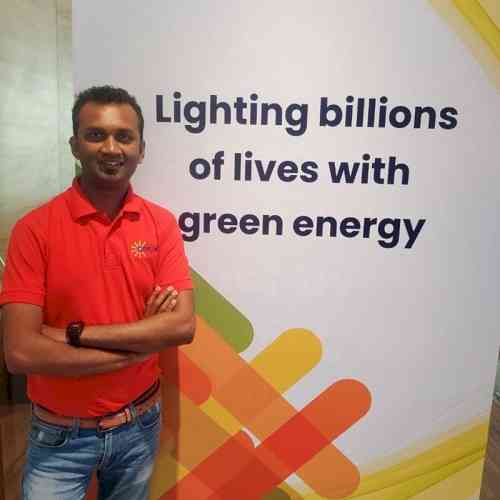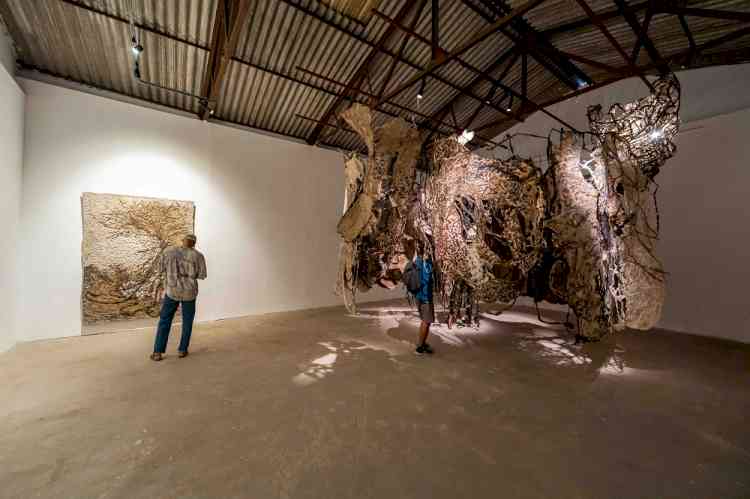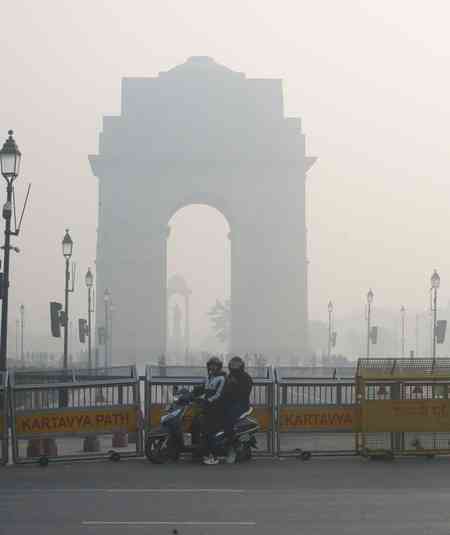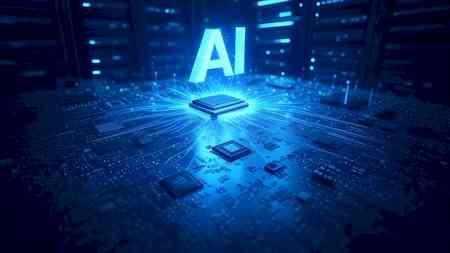Prime Minister Narendra Modi Turns 75: A Visionary Leader Steering India Towards Developed Nation Status

By Rajat Kumar Mohindru
Prime Minister Narendra Modi, who turns 75 today, has been widely regarded as the leader under whose able guidance India has moved rapidly from the stage of a developing country towards the path of becoming a developed nation.
India attained Independence in 1947, and the journey since then has been filled with challenges. In the early decades, particularly the 1950s, the economy was primarily agriculture-based, heavily dependent on monsoons and climate conditions. Indians are known for their hard work, and under the visionary leadership of Prime Minister Modi, the nation now stands poised to enter the category of developed nations in the near future.
Known for his oratory skills and ability to connect with the masses, Narendra Modi has had a remarkable political journey. He earlier served as the BJP’s National Secretary, handling political affairs in Punjab and Himachal Pradesh. His organizational skills contributed to the success of L.K. Advani’s Rath Yatra, which played a significant role in shifting voter sentiment towards the BJP. Modi went on to serve as the Chief Minister of Gujarat from 2001 to 2014 before being elected as the Member of Parliament from Varanasi and assuming charge as Prime Minister in 2014.
Over the past 11 years, his tenure has been marked by transformative decisions. Two landmark reforms—the demonetization of ₹500 and ₹1000 currency notes in November 2016, and the introduction of the Goods and Services Tax (GST) in July 2017—stand out as defining moves. He strongly promoted digitalization and cashless transactions, paving the way for a modernized economy.
India’s economic rise under his leadership is evident. In 2014, when Modi first became Prime Minister, India’s GDP ranked 10th globally. By 2019, it had climbed to the 5th position. Today, India proudly holds the 4th position and aspires to break into the top three in the coming years.
Massive progress has also been made in infrastructure. From the construction of express highways, railway bridges, and tunnels, to the historic running of the train between Katra and Srinagar, India has witnessed revolutionary changes. Recently, the Rajdhani Express was inaugurated between Sairang (Mizoram) and Anand Vihar Terminal (Delhi). In addition, the country has seen the development of new airports, modernized railway stations, and a surge in scientific achievements including indigenous satellites.
Through the “Make in India” initiative, entrepreneurs have succeeded in producing indigenous machinery, aeronautics, defense equipment, railway engines, coaches, buses, and automobiles, strengthening India’s self-reliance.
Despite the challenges posed by the COVID-19 pandemic, India’s economy rebounded strongly under his stewardship. For the financial year 2025–26, India is projected to achieve a growth rate of 6.3–6.8 percent.
Healthcare and education have also been given significant attention. Several new All India Institutes of Medical Sciences (AIIMS) have been established, along with medical colleges, and the intake capacity for medical students has been increased. New Indian Institutes of Technology (IITs) have also been set up, providing cutting-edge technical education.
Narendra Modi today stands as one of India’s longest-serving non-Congress Prime Ministers. With his vision, determination, and ability to inspire confidence, he continues to shape India’s journey towards becoming a global power and a developed nation.
(Author is a Jalandhar-based Journalist)
Views are personal


 Rajat Kumar
Rajat Kumar 










